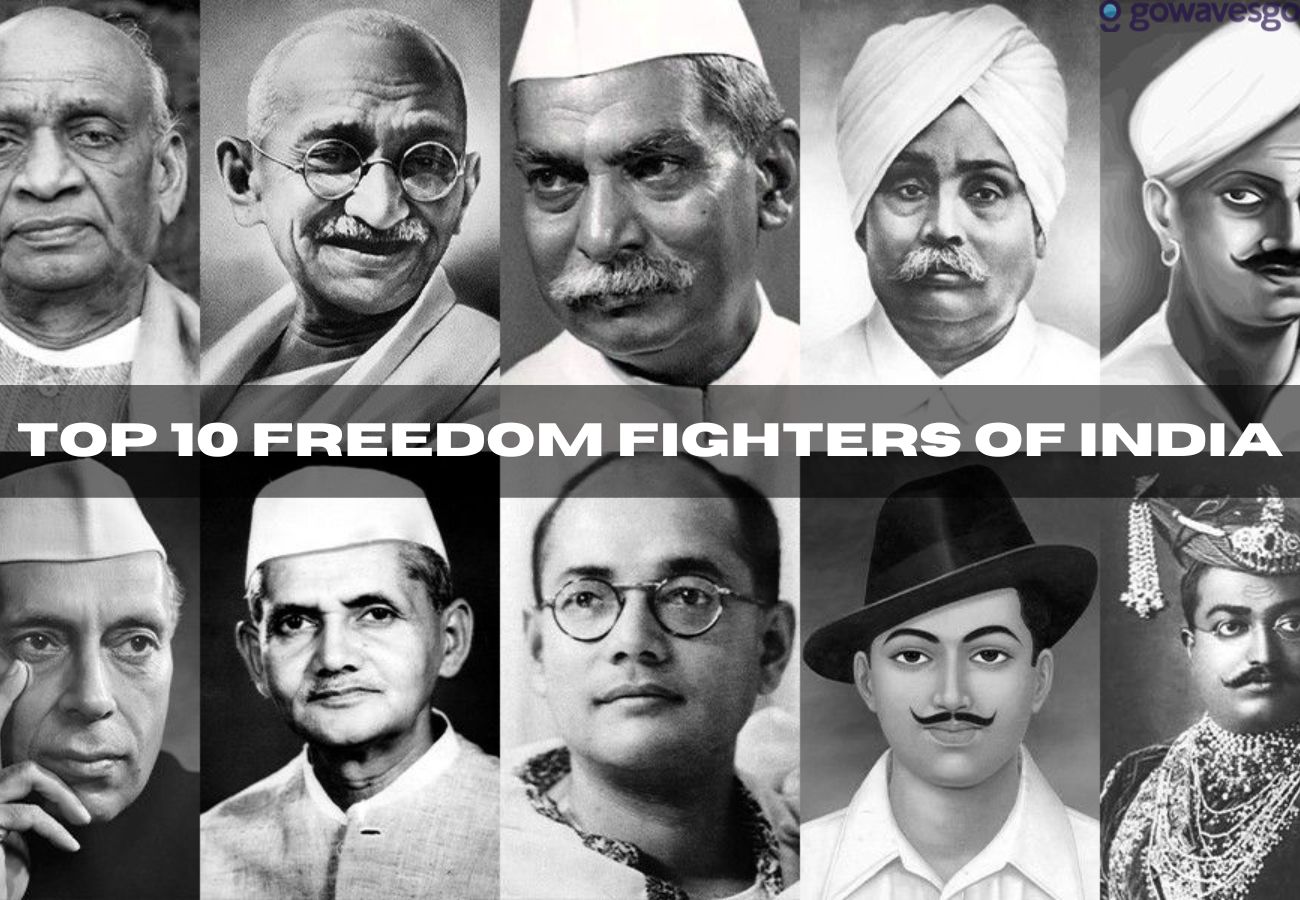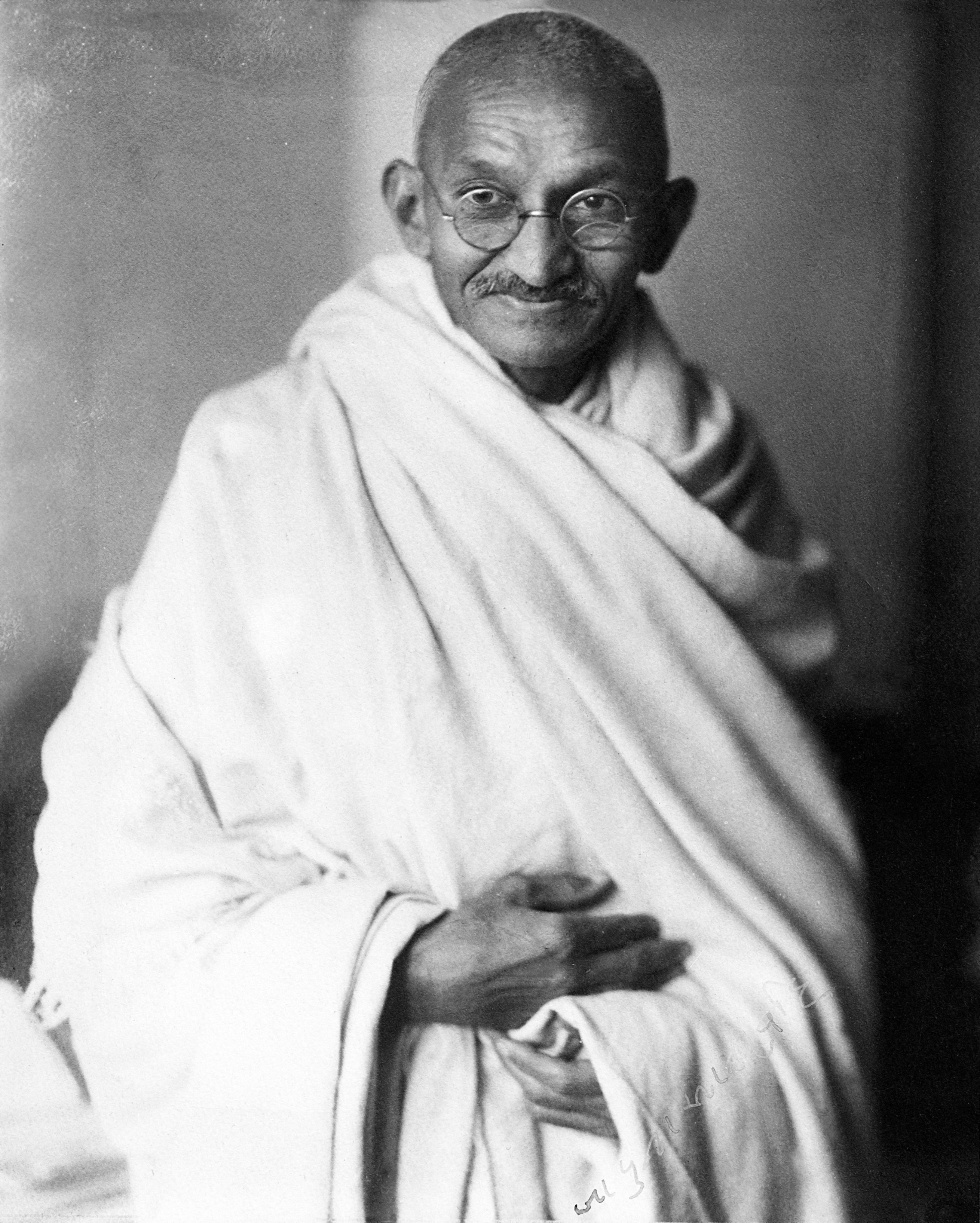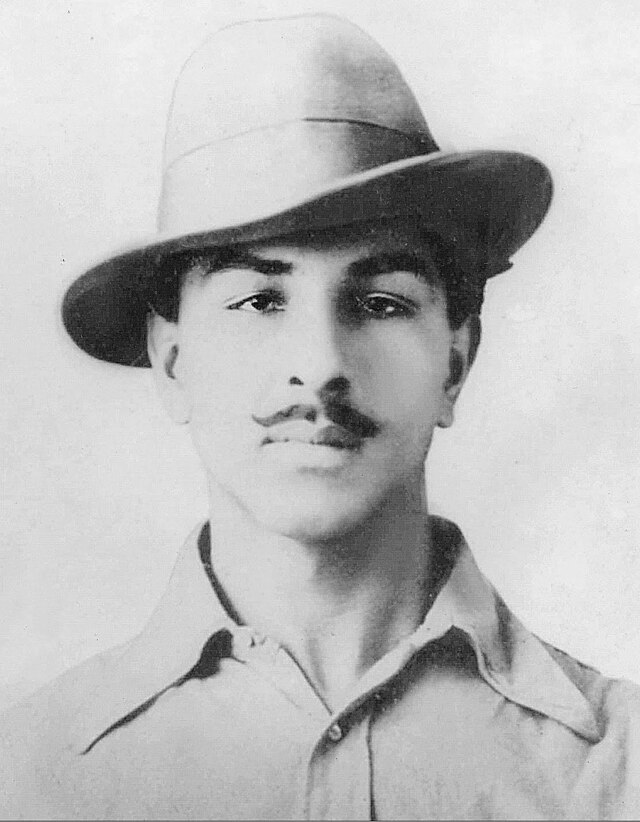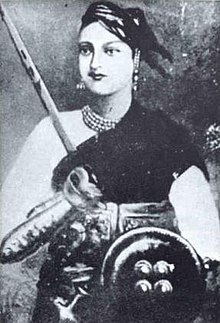
Top 10 Freedom Fighters Of India
India’s struggle for independence was a long and arduous journey that spanned several decades and involved the efforts of countless individuals who dedicated their lives to the cause of freedom. These freedom fighters played a pivotal role in liberating India from British colonial rule, and their sacrifices continue to inspire generations. In this article, we will delve into the lives and contributions of some of the most prominent freedom fighters of India.
Tabulated List of Freedom Fighters with Their Contributions
| Freedom Fighter | Contributions |
| Mahatma Gandhi | Nonviolent Resistance: Mahatma Gandhi, often referred to as the “Father of the Nation,” led the Indian National Congress in the nonviolent struggle for independence. His methods of satyagraha (truth force) and civil disobedience were instrumental in mobilizing millions of Indians against British rule. |
| Jawaharlal Nehru | Architect of Modern India: Jawaharlal Nehru was an eminent freedom fighter and the first Prime Minister of independent India. He played a crucial role in shaping India’s political and economic policies and laying the foundation for a democratic and socialist nation. |
| Sardar Vallabhbhai Patel | Unifying the Nation: Sardar Patel, known as the “Iron Man of India,” played a pivotal role in integrating the princely states into the Indian Union after independence, thus unifying the nation. |
| Subhas Chandra Bose | Indian National Army (INA): Netaji Subhas Chandra Bose was a charismatic leader who believed in the armed struggle to liberate India. He formed the INA and sought support from Axis powers during World War II to free India from British rule. |
| Bhagat Singh | Revolutionary Martyr: Bhagat Singh, along with his fellow revolutionaries, sought to end British colonial rule through armed resistance. His sacrifice and the slogan “Inquilab Zindabad” (Long Live the Revolution) are etched in Indian history. |
| Rani Lakshmibai | Rani Lakshmibai of Jhansi was a fearless queen who led her troops against the British during the Indian Rebellion of 1857. Her bravery and unwavering spirit made her an icon of resistance. |
| Maulana Abul Kalam Azad | Education and Advocacy: Maulana Azad was a prominent leader of the Indian National Congress and advocated for education as a means of empowerment. He was the first Minister of Education in independent India. |
| Lala Lajpat Rai | Protest Against Simon Commission: Lala Lajpat Rai was a vocal critic of the Simon Commission and led a protest against it. He succumbed to injuries sustained during a police baton charge, sparking outrage across the nation. |
| Annie Besant | Advocate of Home Rule: Annie Besant, an Irish-born theosophist, was a staunch supporter of India’s Home Rule movement. She worked alongside leaders like Bal Gangadhar Tilak to demand self-governance for India. |
| Vinayak Damodar Savarkar | Hindutva Ideologue: Savarkar was a revolutionary and writer who advocated for Hindutva, a political ideology emphasizing the cultural and religious identity of Hindus. His writings inspired nationalist sentiments. |
Top 10 Freedom Fighters of India: A Closer Look
1. Mahatma Gandhi: Mahatma Gandhi, whose real name was Mohandas Karamchand Gandhi, is arguably the most iconic figure in India’s struggle for independence. He was a proponent of nonviolent resistance and civil disobedience, which he termed “satyagraha” (truth force). Gandhi led the Indian National Congress and mobilized millions of Indians to demand independence from British colonial rule. His famous Salt March in 1930, where he walked 240 miles to the Arabian Sea to protest the British monopoly on salt production, became a symbol of peaceful protest.

Source: Wikipedia
2. Jawaharlal Nehru: Jawaharlal Nehru, often called “Pandit Nehru,” was a prominent freedom fighter and the first Prime Minister of independent India. He played a crucial role in shaping the nation’s political and economic policies. Nehru’s leadership saw the drafting of the Indian Constitution, the initiation of the Five-Year Plans for Economic Development, and the promotion of scientific and technological advancements.

Source: Wikipedia
3. Sardar Vallabhbhai Patel: Sardar Patel, known as the “Iron Man of India,” was instrumental in the integration of over 562 princely states into the Indian Union after independence. His unwavering determination and diplomatic skills were crucial in unifying the nation.

Source: Wikipedia
4. Subhas Chandra Bose: Netaji Subhas Chandra Bose was a charismatic and militant leader who believed in armed struggle to liberate India. He formed the Indian National Army (INA). Soughted support from Axis powers during World War II. Bose’s slogan “Give me blood, and I shall give you freedom” became a rallying cry for those who believed in a more aggressive approach to gaining independence.

Source: Wikipedia
5. Bhagat Singh: Bhagat Singh, along with his fellow revolutionaries, sought to end British colonial rule through armed resistance. He is remembered for his daring acts, including the bombing of the Central Legislative Assembly in Delhi, and his subsequent arrest and execution at a young age. His sacrifice and the slogan “Inquilab Zindabad” (Long Live the Revolution) continue to inspire.

Source: Wikipedia
6. Rani Lakshmibai: Rani Lakshmibai of Jhansi was a fearless queen who led her troops against the British during the Indian Rebellion of 1857. Her heroism and unwavering spirit in defending her kingdom against British forces made her an icon of resistance.

Source: Wikipedia
7. Maulana Abul Kalam Azad: Maulana Azad was a prominent leader of the Indian National Congress and an advocate for education as a means of empowerment. He played a significant role in the freedom movement and became the first Education Minister in independent India.

Source: Wikipedia
8. Lala Lajpat Rai: Lala Lajpat Rai was a vocal critic of the Simon Commission and led a protest against it. During a police baton charge in one such protest, he sustained severe injuries that led to his eventual demise. His death has sparked outrage across the nation.

Source: Indian National Congress
9. Annie Besant: Annie Besant, an Irish-born theosophist, was a staunch supporter of India’s Home Rule movement. She worked alongside leaders like Bal Gangadhar Tilak to demand self-governance for India. Her efforts in promoting Indian culture and education were also noteworthy.

Source: Varanasi
10. Vinayak Damodar Savarkar: Savarkar was a revolutionary and writer who advocated for Hindutva, a political ideology emphasizing the cultural and religious identity of Hindus. His writings inspired nationalist sentiments and contributed to the intellectual discourse of India’s freedom movement.

Source: Diligent IAS
These top 10 freedom fighters, along with countless others, left an indelible mark on India’s history. Their unwavering dedication to the cause of freedom, whether through nonviolent means or armed resistance, played a pivotal role in India’s journey from colonial subjugation to independence. Their legacy continues to inspire not only Indians but also people around the world who value freedom and justice.




